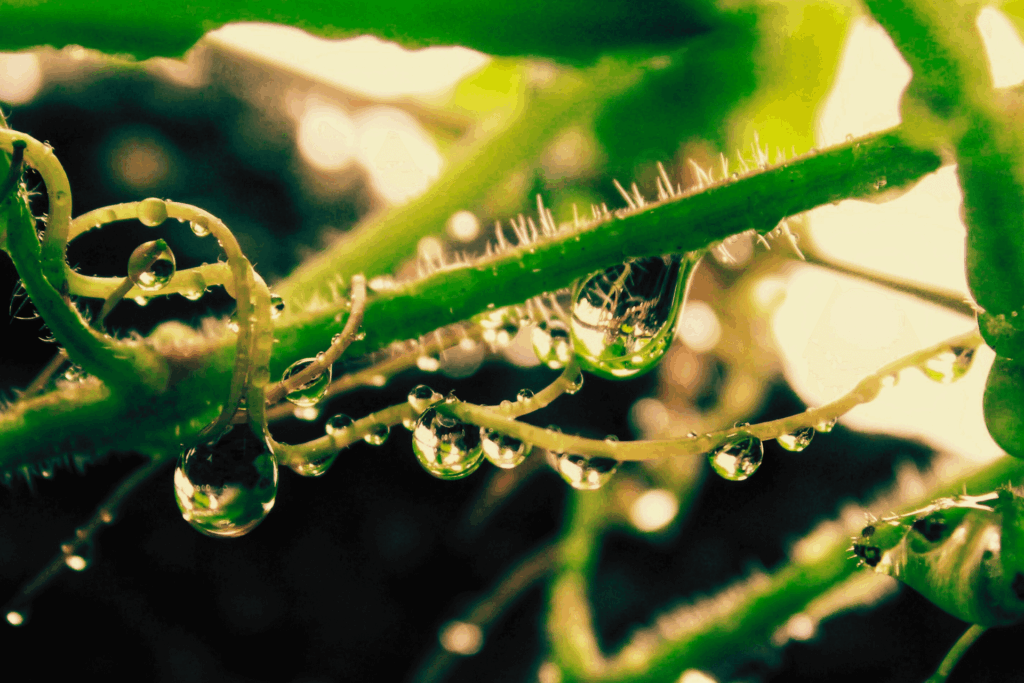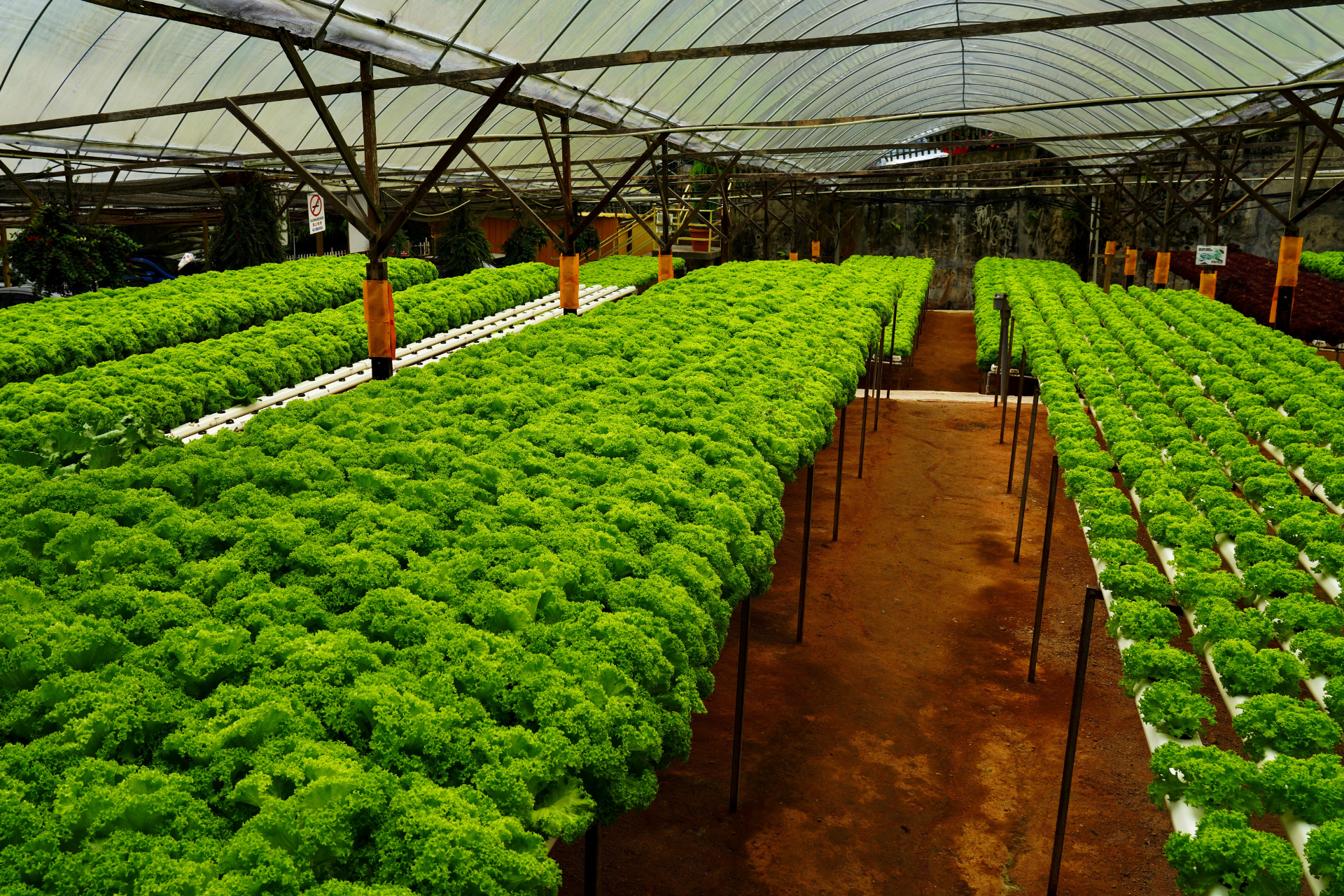AI and IoT technologies are transforming hydroponic farming with precision solutions. Innovative systems now monitor, analyze and optimize plant growth with unprecedented accuracy. These advances maximize yields while minimizing resource consumption across commercial and residential applications.
Real-Time Monitoring With Smart Sensors
IoT sensors track environmental variables in hydroponic systems, particularly temperature, humidity, pH levels, nutrient concentrations and light intensity. High-tech sensors gather real-time information and generate detailed datasets to optimize crop plant health before visual symptoms appear.
Advanced hydroponic facilities utilize hundreds of IoT sensors installed in growing chambers to create wireless mesh networks. These systems automatically adjust nutrient delivery, lighting and air circulation, achieving significant yield improvements over traditional methods.
Predictive Analytics for Crop Management
Machine learning models predict crop performance, disease outbreaks and harvest timing. These capabilities enable better planning, reduced waste and maximized market value. AI also identifies plant behavior patterns that indicate stress days before symptoms appear.
Commercial hydroponic operations demonstrate impressive predictive capabilities. Advanced platforms process millions of daily data points, generating operational insights. Modern AI systems accurately predict yield variations, enabling precise inventory planning.
AI-Optimized Nutrient Disbursement

Machine learning algorithms analyze nutrient interactions to optimize plant feeding schedules. These systems process growth data, environmental conditions and plant genetics to predict optimal formulations. AI eliminates guesswork from hydroponic agriculture.
Vertical hydroponic farming operations benefit significantly from AI-driven nutrition delivery. They utilize proprietary algorithms that adjust nutrient recipes based on crop variety and growth phase. Their systems manage thousands of growing towers simultaneously with customized nutrition programs.
Intelligent Water Conservation Systems
Traditional farming irrigation practices use 90% more water than hydroponic methods, which use smart irrigation to ensure plants receive adequate water based on growing requirements. High-tech devices incorporate sensors measuring soil moisture and weather conditions, adjusting watering automatically. Remote operation occurs through smartphone apps via Wi-Fi and Bluetooth.
The University of Utah’s WeatherTrak system monitors water flow, detects leaks and adjusts schedules using real-time data. This system decreased annual campus water use by 55 million gallons.
Water quality monitoring addresses mineral content, which affects plant nutrition. In the U.S., 85% of homes have hard water, so hydroponic systems help continuously analyze water composition. You can test hard water yourself by filling three-quarters of a plastic bottle with faucet water and liquid soap drops. Shake it vigorously for 10 seconds. Long-lasting suds indicate soft water. Few bubbles and cloudiness are signs of higher mineral concentration.
Precision LED Lighting

IoT-connected LED systems deliver customized light spectrums based on crop requirements and growth stages, helping keep electricity use low. AI algorithms analyze photosynthetic efficiency to optimize intensity, duration and spectral composition. These systems simulate seasonal conditions to enhance plant characteristics.
Hydroponic farming implements lighting recipes that change throughout the day, mimicking natural patterns while optimizing photosynthesis. Research shows that AI-optimized lighting can significantly increase yields while reducing energy consumption.
Smart Home and Commercial Integration
Personal hydroponic farming integrates with smart home ecosystems. Growers can monitor systems through smartphone apps, receive status alerts and automate responses. Voice assistants provide real-time plant health updates.
Commercial operations integrate with supply chain systems, automating nutrient ordering based on predicted needs. These coordinate with climate control, lighting and irrigation for fully automated environments.
Economic Impact and Growth
The global AI market in agriculture reached $1.7 billion in 2023, with hydroponics contributing to this fast-growing segment. The sector is forecasted to reach 4.7 billion by 2028.
Sky Greens’ three-story-tall A-Go-Gro vertical greenhouses in Singapore demonstrate how advanced climate automation helps achieve environmental sustainability while benefiting the economy. Their rotating tower systems use AI-controlled technology to adjust temperature, humidity and air circulation through real-time monitoring. This significantly reduces energy consumption while boosting yield.
In Singapore, Sky Greens’ vertical hydroponic farming yields up to 10 times more per unit area than traditional farms growing leafy vegetables. These efficiency gains make urban agriculture economically viable, bringing production closer to consumers while reducing transportation costs.
Addressing Implementation Challenges
Data security concerns arise as farms connect to cloud platforms. Encryption protocols and secure authentication systems can help protect sensitive agricultural data from cyber threats.
IoT device standardization also requires ongoing development. Edge computing solutions address connectivity issues by processing data locally while 5G networks enhance real-time IoT communication, enabling more responsive automation. Industry consortia are also working toward common communication protocols to ensure interoperability across different manufacturers.
Another implementation challenge is the initial cost of AI systems, particularly for smaller operations. However, leasing programs and subscription-based models can help make advanced technologies more accessible to farms with limited budgets.
The Future of Hydroponic Farming
AI and IoT integration in gardening points toward potentially fully autonomous hydroponic farming. These technologies — which make fresh, local produce accessible all year round and in previously unsuitable environments — are a result of this shift toward sustainable food production and space utilization. Smart, connected grow systems maximize efficiency while minimizing environmental impact.

Leave a Reply